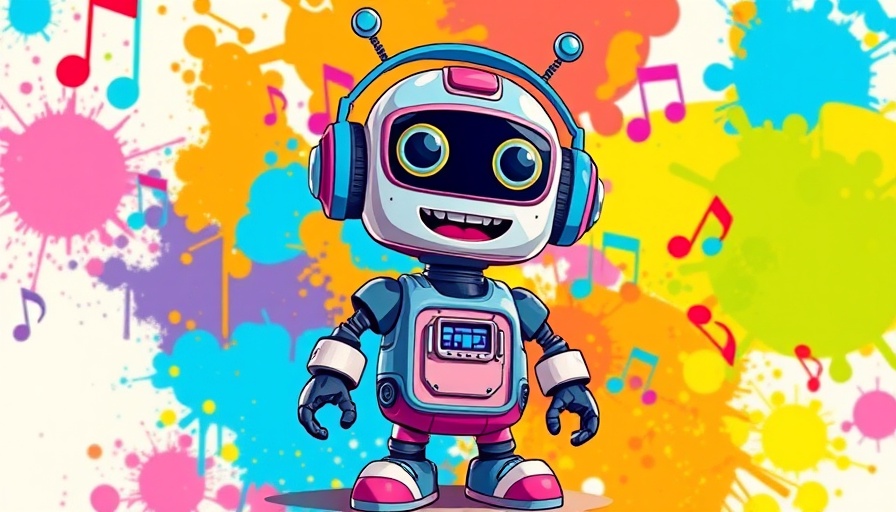
Understanding Perplexity: The Key to Decoding AI Writing
Have you ever pondered how AI understands human writing? One concept that is critical to this understanding is 'perplexity.' Imagine a robot trying to predict the next word in your sentence. If your writing is predictable, the robot can relax. However, if your writing is erratic and varied, it becomes perplexed. This concept of perplexity is a direct measure of how random or unpredictable your text is.
In 'What Is Perplexity? AI Detectors' Secret Weapon!', the discussion dives into the concept of perplexity in AI writing, exploring key insights that sparked deeper analysis on our end.
The Dynamics of Perplexity in Text
Perplexity is nuanced: low perplexity indicates that your text is repetitive and lacking in variety, while high perplexity arises from diverse and unexpected word choices, akin to a jazz solo that swings between notes. This is particularly significant for AI detectors, which rely on perplexity to identify robotic or formulaic writing.
Why AI Detectors Prefer Low Perplexity
AI detectors, like those being integrated into educational systems and content verification tools, favor low perplexity. Why? Because they are designed to distinguish between human-written content and robotic text. A consistent low perplexity score suggests a lack of creativity and engagement, flagging such work as potentially less credible.
Enhancing Your Writing: Tips and Tricks
To create compelling and engaging writing, you might want to mix up your sentence lengths and word choices. Doing so can increase your perplexity score, making your text more challenging for AI to categorize as robotic. Consider the rhythm of your writing - varying sentence structures not only keeps it lively but also increases the unpredictability of your text.
The Future of AI Writing Tools
As AI continues to evolve, understanding perplexity will become increasingly important for writers, educators, and content creators. Tools that leverage AI to analyze writing can provide invaluable insights into how to enhance creativity and communication. For those interested in a playful learning experience regarding perplexity, visit TrickMe.ai, where creative writing meets AI technology.
Final Thoughts
In an era where AI capabilities are expanding rapidly, comprehending the mechanics of perplexity isn't just an academic exercise; it's a vital skill for anyone engaged in writing or content creation. By mastering this aspect of writing, you can not only improve your work but also navigate the evolving landscape of AI detection tools effectively.
 Add Row
Add Row  Add
Add 




 Add Row
Add Row  Add
Add 

Write A Comment